#chinese imperialism
Note
sad how these "freedom for..." posts never include xinjiang because people aren't willing to take a stand against islam the way they are christianity. uygurs are facing genocide on two fronts - from the ccp and from islamists. there's only one uygur temple still standing - all the others have been demolished by muslim extremists. abrahamic religions colonising the world and brutally oppressing native religions and cultures is a tale as old as time, but people are stuck in the weird mindset that abrahamic religions are deserving of respect.
Idk what temples you're talking about, but "Uyghurs are actually a multi-faith society that was forcibly converted to Islam" is CCP propaganda to lie about the fact that they're genociding the Uyghurs for being Turkic Muslims and destroying their mosques and shrines.
I'm just going to lay aside the world-ending irony of accusing "Islamists" (whatever the fuck that is) of colonizing and forcibly converting a people...who live on top of China. I mean I tried to figure out which stage of Chinese history you're trying to erase to get here, but the answer can only be "all of it". China apparently both exists and doesn't exist for you. But Schroedinger's geo-politics or not, I can't let the "Abrahamic religions" bit stand because this horseshit is gaining way too much traction in South Asia.
Judaism, the world's oldest religion, being an upstart colonizing force is a frankly wild thing to say. I even tried to find mention of any colonization by Jews before Palestine and only found a couple of dynasties and vassal states under Ancient Rome. If you're talking about the Khazars in the sixth century, the rulers converted to Judaism voluntarily and there's no evidence it was either imposed or predominant among the rest of the population. Otoh, Jews have been repeatedly expelled, colonized and subjugated by Christians and Muslims (which is why most of their holidays are just "Yay We Didn't All Die"), and Muslims have suffered under Christian colonization for the last two hundred years along with the rest of us, and a lot longer in Europe. Islamic Empires rarely forced conversions (and in fact didn't like having too many Muslim subjects because non-Muslims were made to pay them taxes) and because of that were generally more tolerant than Christian ones, especially of Jews and Christians whom they considered "People of the Book". I mean persecution and ethnic cleansings did happen, depending on who was in charge (the Almohad Empire was particularly awful, which maybe explains the Catholic violence of Spain and Portugal), but in general, mass conversion wasn't the point of colonization. Among the Turkic peoples especially it was trade that spread Islam, not war or colonization, unlike shit-ass Portuguese traders who said, "We come in search of Christians and spices" and proceeded to kill and colonize everyone and torture them into converting. No fucking way you're lumping all of them in one "Abrahamic" colonial basket.
And the Christian legacies that endure in colonized societies are still as legitimate and integral part of their cultural identities. Once something is absorbed into a culture, the way it's shaped and used is unique to that society. Culture is a living, growing thing, like tree roots. It absorbs, merges, winds itself around generational traumas and obstacles and evolves in new trajectories. Whether or not you approve of the contortions of its survival and whether it looks different at the tip than at the root, it's still the same tree. That's why all religions deserve respect. You can't extricate or pathologize them apart from the individuality of the billions of human beings they shape. And all human beings share the same capacity for violence. Ideology has always been a rationalization for the violence we already want to commit. What motivates violence is power, not ideology, which is why we say "history repeats itself"—the dynamics of power are universal and consistent throughout history.
All our civilizations and cultures are as shaped by violent contact as by peaceful ones; ascribing the violence and impact of colonization only to Christian and Islamic empires completely erases thousands of years of histories all over the world (you know, like Imperial China???) Religions don't grow out of the ground; they were always evolved and spread among peoples along the lines of trade, migration, war, annexation, assimilation and resistance. Considering the religious identities of some people (always minorities too—isn't that weird?) inferior or illegitimate because they were "external impositions", and advocating a "return" to a "pure and untouched" past that never existed is the rhetoric of ethnosupremacy, colonization and manifest destiny—in short the language of genocide. I should know, I hear this crap out of fundamentalist Hindus and Buddhists in South Asia all the time. That's why I'm protective of Muslims. Because they're vulnerable to pieces of racist shit like you.
#islamphobia#racism#uyghur genocide#colonization#antisemitism#ethnic cleansing#palestinian genocide#religious tolerance#chinese imperialism#world politics#history#ethnofascism#ethnosupremacy#asks#anon#knee of huss
41 notes
·
View notes
Text
i love /s how namco is now pandering to the chinazi assholes despite the og reroll not removing the ROC flag
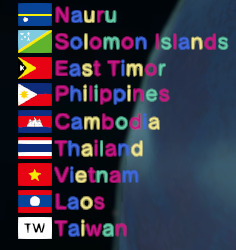
seriously whoever did this should unalive themselves instantly
#katamari damacy#we love katamari#namco#chinese imperialism#seriously why though#xenophobia#i liked this game so much but this ruined the mood for me#don't derail the post
0 notes
Text
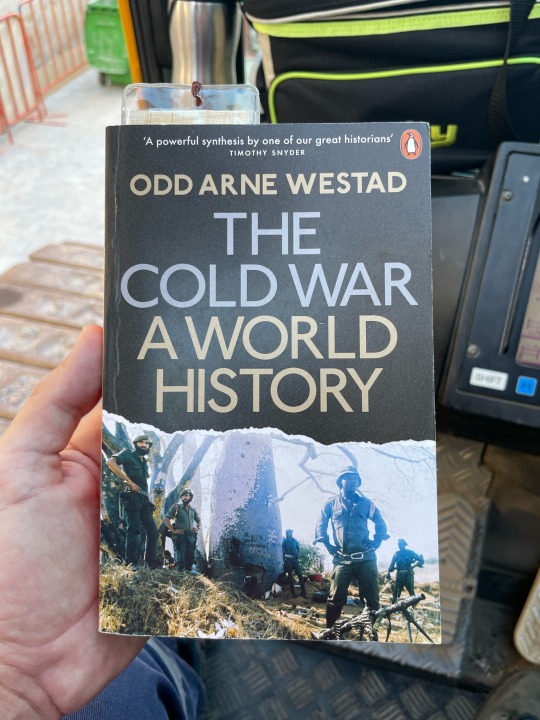
Thank goodness I leave behind the nightmare of the Second World War. I can get onto the Cold War proper.
To understand the modern world, we must understand the circumstances that brought it about.
#book#odd arne westad#the cold war#history#modern history#modern political history#events conected to the present day#american decline and isolationism#chinese imperialism#war in ukraine#japanese rearmament#interference in africa#conflict in palestine#western political instability#authoritarian states
1 note
·
View note
Text
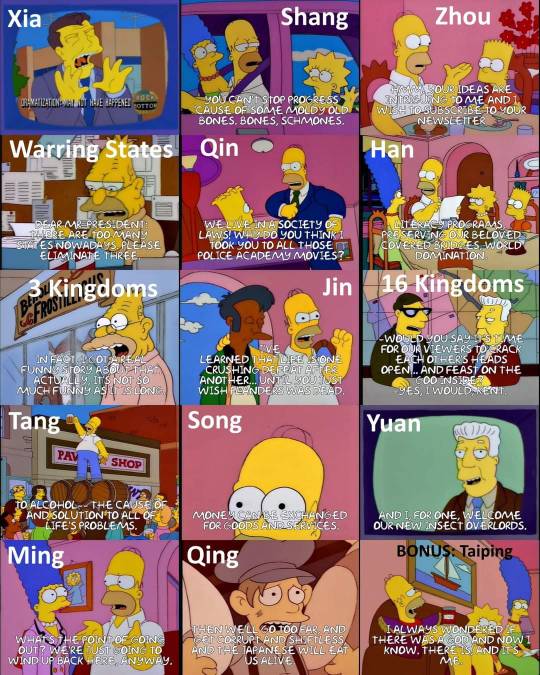
Chinese imperial dynasties as Simpsons quotes
2K notes
·
View notes
Text
[Hanfu · 漢服]Chinese Warring States period(475–221 BC) Chu (state) Hanfu Based On Chu (state) lacquer figure



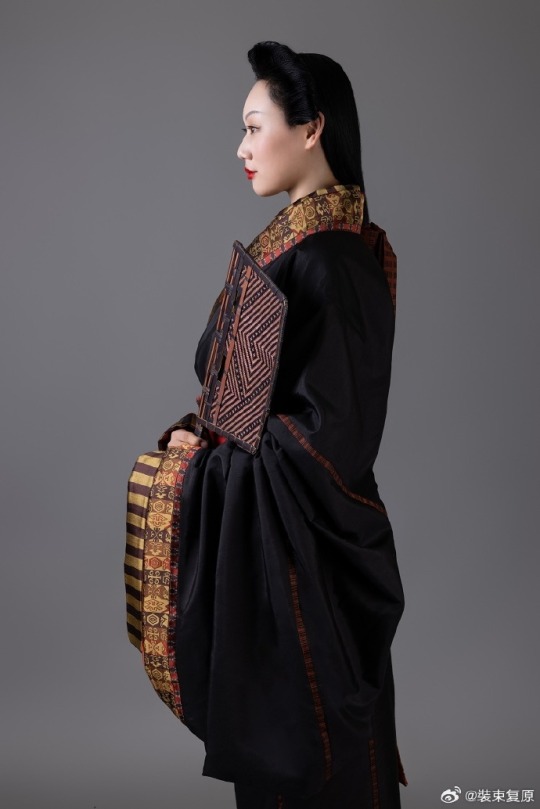
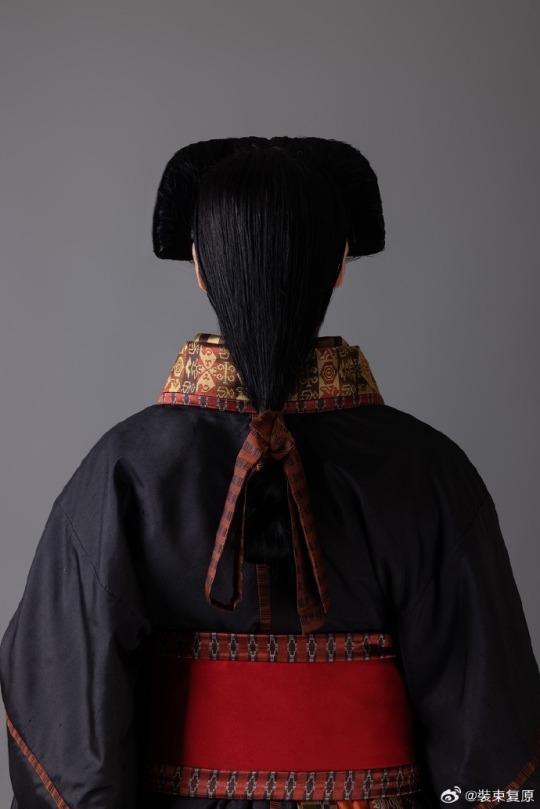
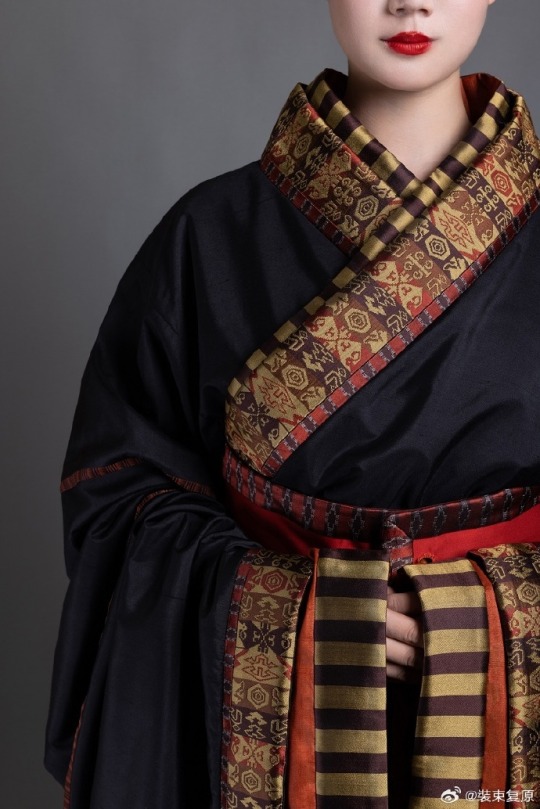
【Historical Artifact Reference】:
Lacquered wood figurines unearthed from Chu State Tomb in Shayang Tumbun Chu Tombs/沙洋塌冢楚墓出土漆俑

Collar cloth and robe unearthed from china Mashan Chu Tomb N19
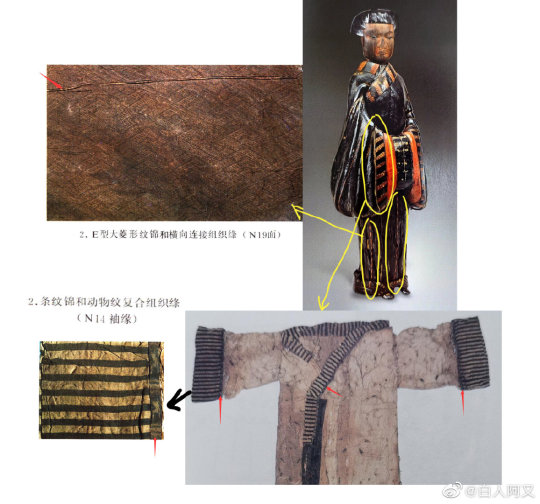
【Histoty Note】Warring States Period·Chu (state) Noble Women Fashion
Many people may wonder why this set of clothing and hairstyles are so similar to Japan, but the fact is this kind of clothing and hairstyle existed in China at least 1,000 years earlier than Japan.
During the China Warring States Period, it was popular for aristocratic men and women to wear robes.
Lacquered wood figurines and robe with similar images have been unearthed from the Shayang Tumbun Chu Tombs and the Chu Tombs at Mashan, many of which adopted the "three-dimensional structure" technique.
For example, a roughly rectangular piece is caulked at the intersection of the robe's sides, skirt sides and sleeve armpits. At the same time, the lower edge line of the top and the upper edge line of the lower skirt are incrementally extended, and then sewn into one body. It is called "Ming three-dimensional structure".
Its ingenuity is that while the outer contour of the garment remains unchanged, it effectively expands the inner space of the garment body, making it convenient for people to wrap the garment from the front to the back when wearing it, without damaging the original collar and garment forms.
The attire of aristocratic women from the Chu state in this set was restored based on the lacquered wooden figurines of the Chu tomb in Shayang. Their foreheads and temples hair are fluffy, and they have a hanging bun at the back of their heads. They wear robes that are connected up and down, and are decorated with brocade inlays at the seams.
The wearing method is the "layering method", two robes are stacked together in advance and then worn as a whole. This allows the collar edge of the lining to be show parallel to the collar edge of the outer garment, and a section of the lining to be show behind the lapel.The brocade edge is decorated with a wide belt and fixed with double belt hooks.
This "layered" wearing method shows the layers and details of Chu people's clothing, and can also show the graceful beauty of the body.
In addition, many creative clothing styles and fabric patterns emerged during the Spring and Autumn Period and the Warring States Period, bringing with them the unique atmosphere, mysterious imagination and ultimate romance of that era, becoming our inexhaustible source of art.
--------
Recreation Work by : @裝束复原
Weibo 🔗:https://weibo.com/1656910125/NhBx1oi5n
--------
#chinese hanfu#Warring States period(475–221 BC)#Chu(State)1030 BCE – 223 BCE#hanfu#hanfu accessories#hanfu_challenge#chinese traditional clothing#china#chinese#hanfu history#hanfu fashion#imperial china#chinese culture#chinese style#historical fashion#Hanfu From China#漢服#汉服#楚国
646 notes
·
View notes
Text
I wanna get around to doing some small story beats for the "Main Six Takes Manhattan" story. It'd be a good chance for me to play around with different art styles too.
I'm really excited about this story too because it'd be splitting everyone up into pairs for their own little arc.
Rarity attends a fashion showcase in upper Manhattan, with April-Jacqueline in tow as her "attendant." The two get swept up in industry drama as they uncover the abuse faced by amateur designer Carol Cho under the American fashion house "Polomare."
Pinkie and Thea head to Harlem for a rent party, hosted by Thea's city friends. Despite Thea's protestations, Pinkie can't help but be the life of the party as its tenants and musicians attempt to raise enough money to fight their landlords and demand housing justice.
Dash and Félicie navigate NYC's transportation system to go to a ball game: the New York Wonderbolts vs. the Washington Senators. While Dash meets her heroes, Félicie can't help but feel homesick and smothered by the big city.
#i have 3 major art projects going on at once tho rn#the au/ko crisis for a writing class/my storyboarding job#so things are slower going#delete later#personal#last story is def the weakest. i definitely wanna set up some solidarity between spitfire and dash (as colonized people)#i need to find a strong political/historical angle for that because each arc's theme is racial solidarity and allyship#rarity and carol represent chinese/korean solidarity (especially given both groups would become victims of imperialism during that era)#and pinkie and thea represent hispanic/black solidarity (with a specific focus on housing and redlining)
320 notes
·
View notes
Text
youtube
A reality check on the war from Yale Prof. Timothy Snyder.
The bottom line...
"You can't stop the killing by giving up. The only way to stop the killing is to win the war. The only way to end the war is to win the war."
People who urge "compromise" like Elon Musk have probably not been paying attention to Eastern Europe for the past 300 years.

#invasion of ukraine#timothy snyder#the only way to achieve peace in ukraine is to help ukraine win#russia's war of aggression#russian imperialism#russia is losing the war#north korea and russia = future chinese satellites#tankies#агрессивная война россии#русский империализм#владимир путин#путин хуйло#бей путина#путин – это лжедмитрий iv а не пётр великий#руки прочь от украины!#геть з україни#вторгнення оркостану в україну#україна переможе#деокупація#разом – до перемоги!#слава україні!#героям слава!
481 notes
·
View notes
Text

River and Mountain Landscape, Xiang Shengmo (1597-1658)
#art#art history#Asian art#China#Chinese art#East Asia#East Asian art#Imperial China#Ming Dynasty#Xiang Shengmo#landscape#landscape painting#landscape art#rivers-and-mountains#hanging scroll#ink on paper#17th century art#Art Institute of Chicago
256 notes
·
View notes
Text







Women in History Month (insp) | Week 3: Consorts and concubines
#historyedit#perioddramaedit#women in history#women in history month challenge#my edits#mine#isabella of parma#imperial noble consort dunsu#eleanor of toledo#ines de castro#mme du barry#eugenie of montijo#empress fu shou#austrian history#chinese history#italian history#french history#portugese history#18th century#15th century#3rd century#14th century#19th century
129 notes
·
View notes
Text

Imperial throne-chair cushion cover, 1644-1911, China.
83 notes
·
View notes
Text

Wucai "Hundred Deer" Jar, ca. 1573-1620 AD.
Chinese imperial porcelain w/ blue underglaze, iron-red enamel, and green, red, and aubergine glazes w/ a ruyi border decorated w/ floral spray.
160 notes
·
View notes
Text
Just awoke from a dream where I tried to explain kinning to my Mum using a mascot for a flavoured iced tea brand called the 'Hai-Chi lychee'. It had a theme song. That theme-song (for, I cannot stress this enough, a FAKE ICE TEA brand) is stuck in my head.
We'd even looked up the definition of fan fiction to use as a jumping off point, and I found some plush toys of the Hai-Chi lychee stufed into bottles to use as props.
Dream me kins the Hai-Chi lychee.
#also the Hai Chi was a warship#like a pre WW2 imperial chinese battle cruiser#which I only know because I wanted to see if there really was a drink called the Hai Chi
757 notes
·
View notes
Text
⚠️ CW: imperialism, colonization, genocide, rape mention
I honestly hate to make posts like these because the common response are Yana bootlickers invalidating my say in issues affecting me and harassing me😭
But since I've seen not much people bring it up yet. In cased you didn't know New Year's Cater is fsr in Taisho Era clothing, which was an era of Imperial Japan. Thus, fashion from that era is seen as a symbol and glorification of Japanese imperial colonization and brutalization of Koreans, Chinese and Southeast Asians.

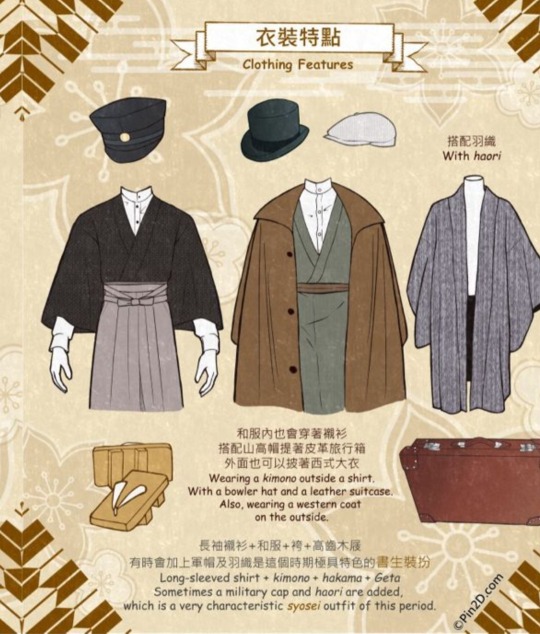

"Twst isn't the only game that does this though, I've seen lots of other media use it as an aesthetic fashion choice! You're overreacting/trying to stir up trouble" Yeah unfortunately this, along with Nazi imagery, are still very glorified in Japanese pop culture. Purposeful or not, it being downplayed as just a cutesy Japan aesthetic in popular exported media (their soft power), helps downplay the severity of what Japan did in this era and make it easier for the government to sweep it under the rug.
When it's brought up for popular anime like Demon Slayer by Korean, Chinese or even some SEAsian people, it's not usually heard because anime fans are so quick to shut us down or even joke about Imperial Japan being in the right despite all the cultural genocide and mass rape committed to spite us☠️ Like I said this only ends in harassment and mockery of us so I wouldn't be saying stuff like this just for fun☠️
They changed Trey's Vargas camp v-neck ingame after already releasing the promo image already so I hope they can fix this too😭
I hope if even not from me, you will at least share this information around for those who aren't aware and tell them how and why it's wrong. Hopefully if enough people bring it up they will notice and change it, if not, then at least do not roll for cater specifically ig😭 Other characters are wearing kimonos from eras without problematic implications on this scale afaik
#twst#tw colonization#tw imperialism#tw genocide#tw rape#tw nazi mention#cater diamond#sebek zigvolt#vil schoenheit#ruggie bucchi#if someone brings up 'ooo but china did this to' in response to this just because im chinese im kwording you on the spot btw#like even if ur hate china they arent the only ones who were affected by this you'd be hurting other asians too☠️
405 notes
·
View notes
Text
[Hanfu · 漢服]Chinese Tang Dynasty(618-907A.D)Woman Officer Hanfu Refer to Tang Dynasty Stone Coffin Line Carving




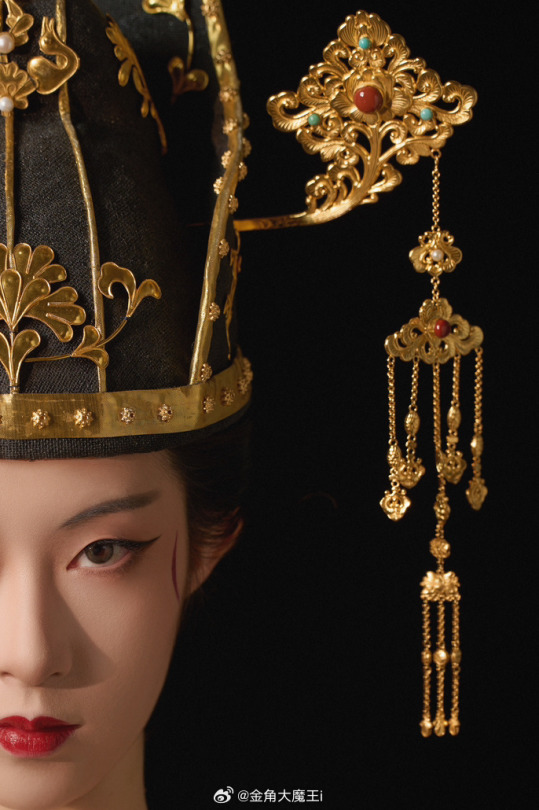


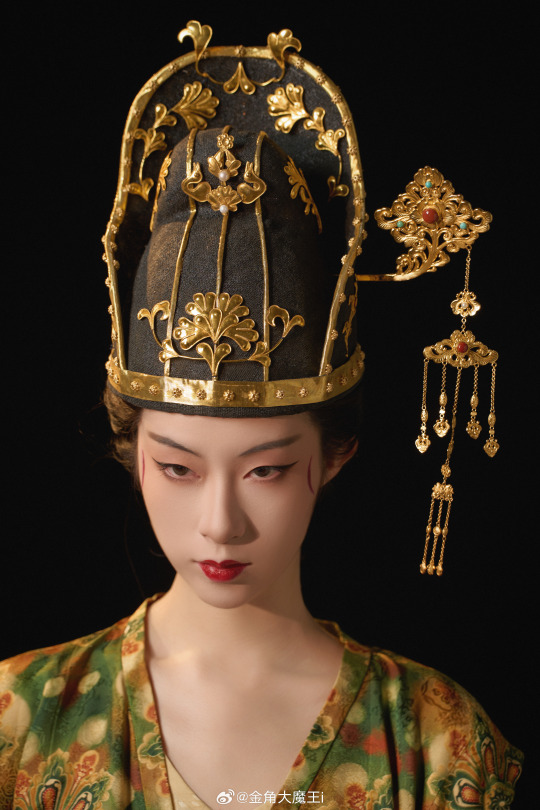
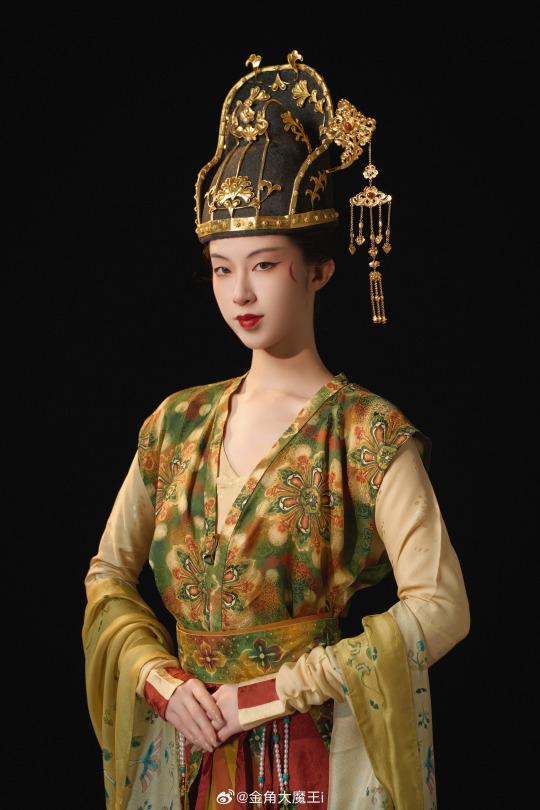
【Historical Artifacts Reference 】:
China Tang Dynasty Tomb of Wei Shiqiniang's Stone Coffin Line Carving/韦十七娘石椁线刻
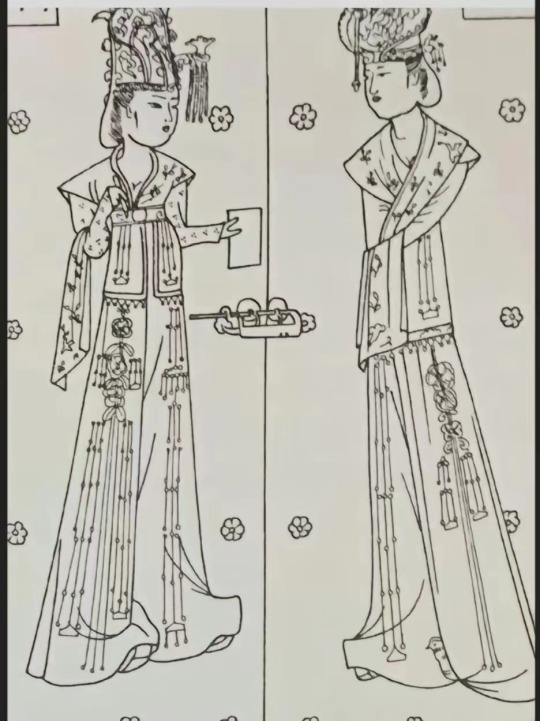
Showing Tang Dynasty Woman Officer In WuZetian (690–705)period
武周女官
————————
📸Recreation Work: @金角大魔王i
👗Hanfu: @山涧服饰
🔗Weibo:https://weibo.com/1763668330/NDuAoFtZz
————————
#chinese hanfu#Tang Dynasty(618-907A.D)#hanfu#hanfu accessories#hanfu_challenge#chinese traditional clothing#china#chinese#hanfu history#Woman Officer#武周女官#漢服#汉服#chinese historical makeup#chinese historical fashion#chinese history#ancient china#imperial china
316 notes
·
View notes
Text
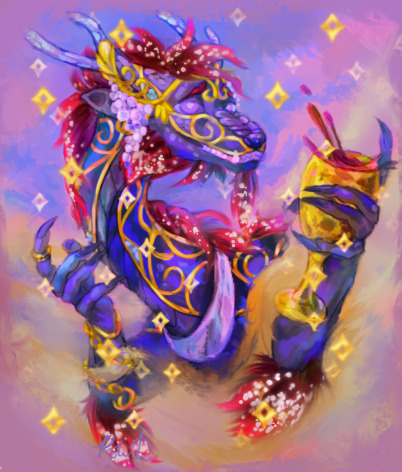
Drew one of my flightrising dragons Tarquis. He's the party dragon of my clan and is a big red wine fan.
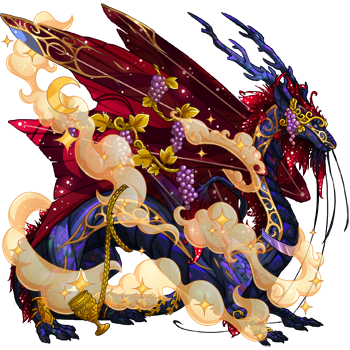
#dragon#imperial dragon#flight rising#fr imperial#chinese dragon#flight rising art#dragon art#fantasy#oc
104 notes
·
View notes
Text
Cultural Fashion: Sokka’s Detective Hat
I do believe in the power of stuff... -Sokka
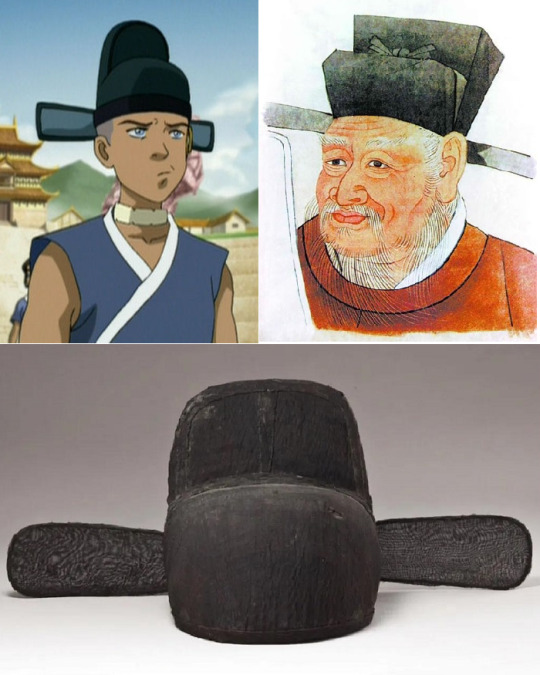
In “Avatar Day”, Sokka wears a very specific type of hat when gathering evidence for Aang’s trial. The hat is called a wushamao (乌纱帽) and was traditionally worn by government officials and civil servants in Imperial China. In Sokka’s case, he’s taking on the persona of a public investigator; more specifically, he’s likely referencing China’s most famous investigator: Bao Zheng (包拯).
Bao Zheng (March 5, 999 – July 3, 1062), nicknamed “Justice Bao”, was a famous civil servant who worked as a judge and investigator over the course of his career. Known for his upright and clever judgement, Bao Zheng is honored as a cultural symbol of justice in Chinese society and his legacy has been mythologized. Nowadays, he’s written as the protagonist in a variety of detective stories. In some of these stories, Justice Bao interacts with the supernatural:
The Case of the Black Basin
A man named Liu Shichang is murdered by the owner of a pottery kiln, Zhao Da. Zhao Da hides the evidence by cremating the body, mixing the ashes with the clay in his kiln, and then baking the clay into a black basin. The basin turns out to be haunted by the ghost of Liu Shichang, who reveals himself in the middle of Judge Bao’s court and brings Zhao Da’s murderous scheme to light.
You can see the parallels between this story and the way Kyoshi’s spirit was summoned to testify before Chin Village. Essentially, both Sokka and Katara were playing Justice Bao that day.
As I’ve mentioned in a prior post, “Avatar Day” is an episode full of all sorts of fun Chinese cultural references.
Like what I’m doing? Tips always appreciated, never expected. ^_^
https://ko-fi.com/atlaculture
#avatar#atla#Avatar The Last Airbender#cultural fashion#earth kingdom#Judge Bao is like an Imperial Chinese Phoenix Wright :)#or Sherlock Holmes
1K notes
·
View notes